Transport in Melbourne represents a vibrant tapestry of connectivity and convenience, reflecting the city’s status as one of Australia’s most populous and culturally diverse urban centers. With an extensive network encompassing trams, trains, buses, and ferries, Melbourne’s public transport system serves as the backbone of daily commuting for millions of residents and visitors alike. The city’s commitment to sustainable transport solutions and innovative infrastructure planning underscores its dedication to enhancing mobility while minimizing congestion and environmental impact.
As the landscape of urban transportation continues to evolve, Melbourne is embracing emerging technologies and trends, positioning itself at the forefront of smart transport systems. This article delves into the pillars of Melbourne’s transport network, exploring the integration of various modes, the challenges faced, and the future initiatives that aim to further streamline urban travel. Whether you’re a local navigating the city or a tourist experiencing its famed tramways, understanding the complexities of Melbourne’s transport landscape is key to unlocking its myriad attractions.
Integration of Transport Modes
Melbourne’s public transportation system is renowned for its seamless integration, allowing commuters to easily switch between trams, trains, buses, and ferries. This multifaceted connectivity not only enhances the user experience but also encourages a shift away from personal vehicle reliance, contributing to reduced traffic congestion. Innovations such as real-time tracking and smart ticketing systems further ensure that passengers can plan their journeys effectively, fostering efficiency across the network. For businesses operating in the region, intermodal efficiency is crucial, making services like Linehaul Transport Melbourne invaluable for logistical operations and timely deliveries.
Future Initiatives and Challenges
As the city continues to grow, Melbourne faces challenges such as infrastructure strain and the need for sustainable development. Initiatives aimed at expanding the tram network and increasing the frequency of services are essential to meet future demands. Additionally, the ongoing push for electric and hybrid vehicles within the fleet reflects Melbourne’s commitment to environmental sustainability. By prioritizing these initiatives, the city hopes to maintain its position as a leader in urban transport, ensuring that both locals and visitors can navigate Melbourne’s vibrant landscape with ease.
In conclusion, the transport landscape of Melbourne is not only a testament to its rich cultural fabric but also a forward-looking system that prioritizes innovation and sustainability. As the city embarks on ambitious initiatives to expand and modernize its transport infrastructure, it is poised to address current challenges while accommodating future growth. The ongoing integration of advanced technologies, coupled with a commitment to reducing environmental impact, ensures that Melbourne’s public transport will continue to evolve in a way that enhances accessibility and improves the quality of urban life. For residents and tourists alike, understanding and utilizing this dynamic network opens up the city, making it easier than ever to explore everything Melbourne has to offer.





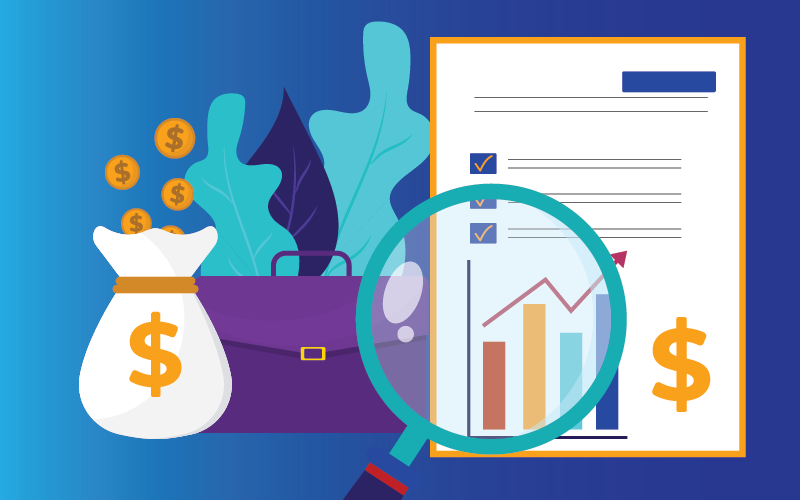

























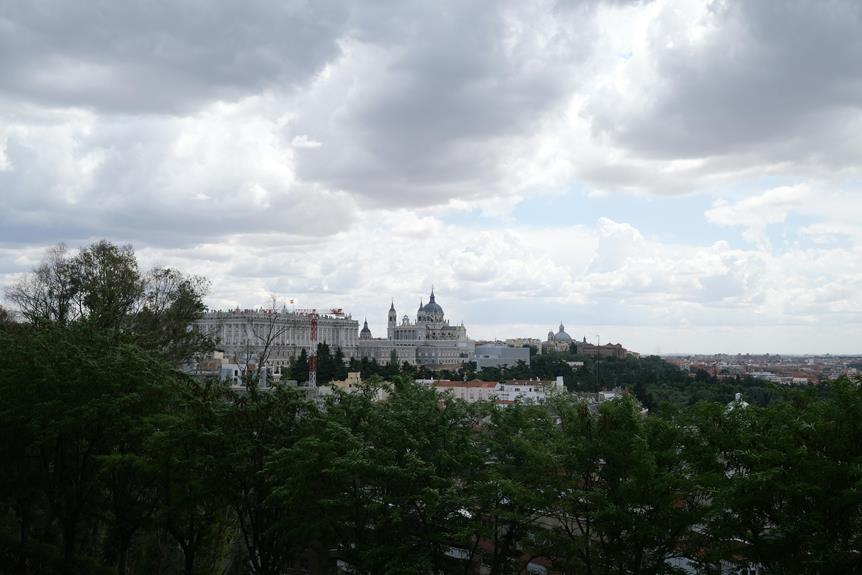

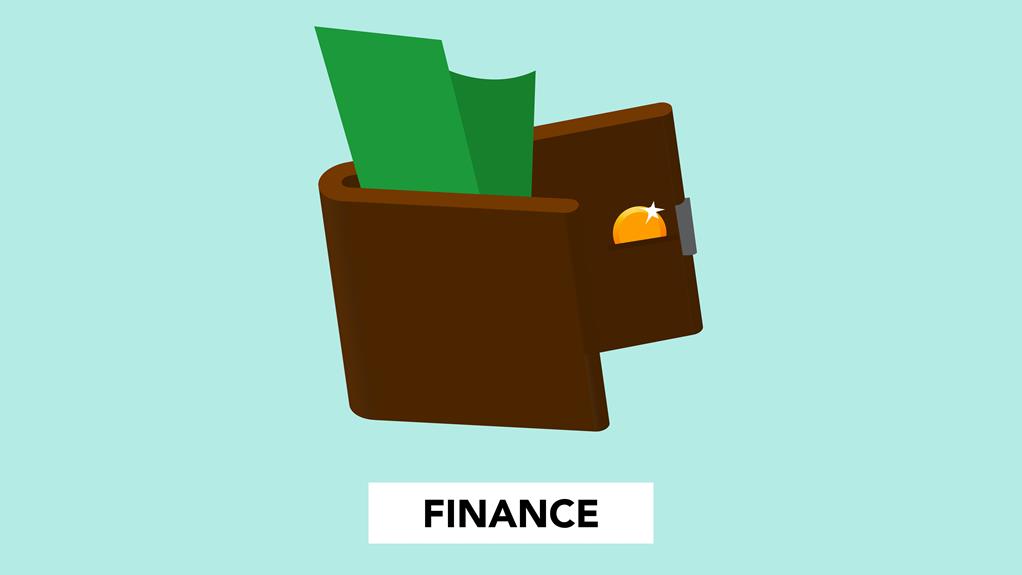
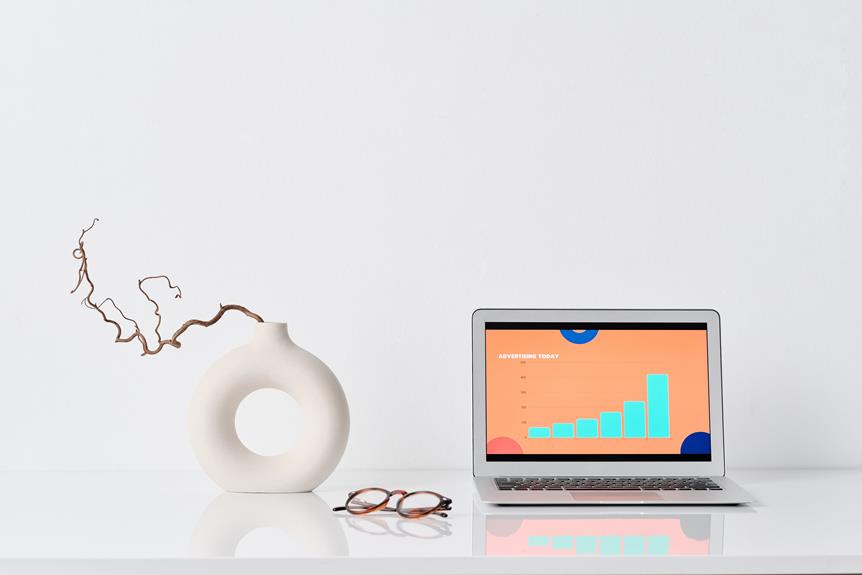










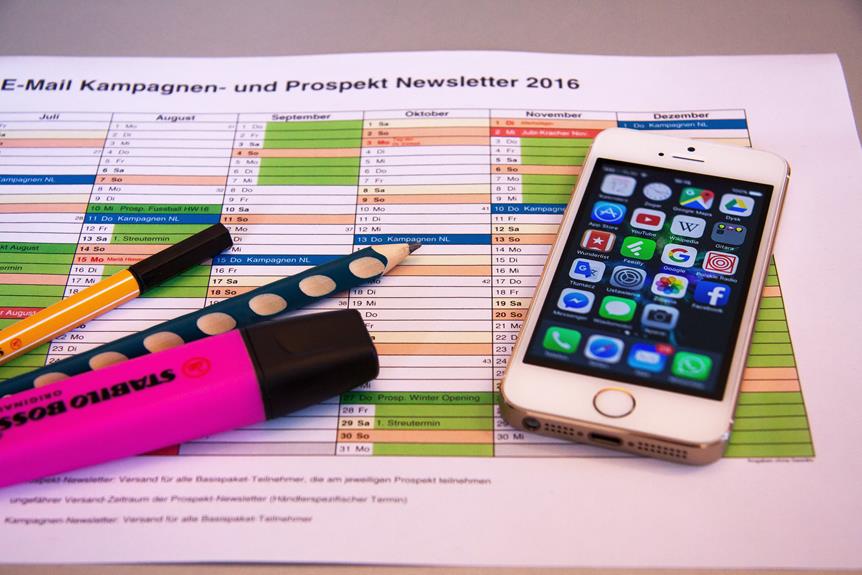
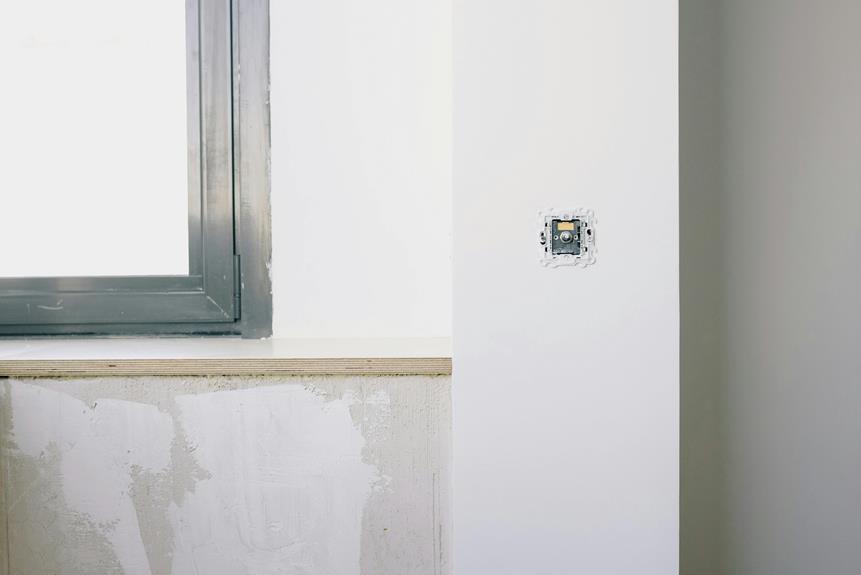


















0